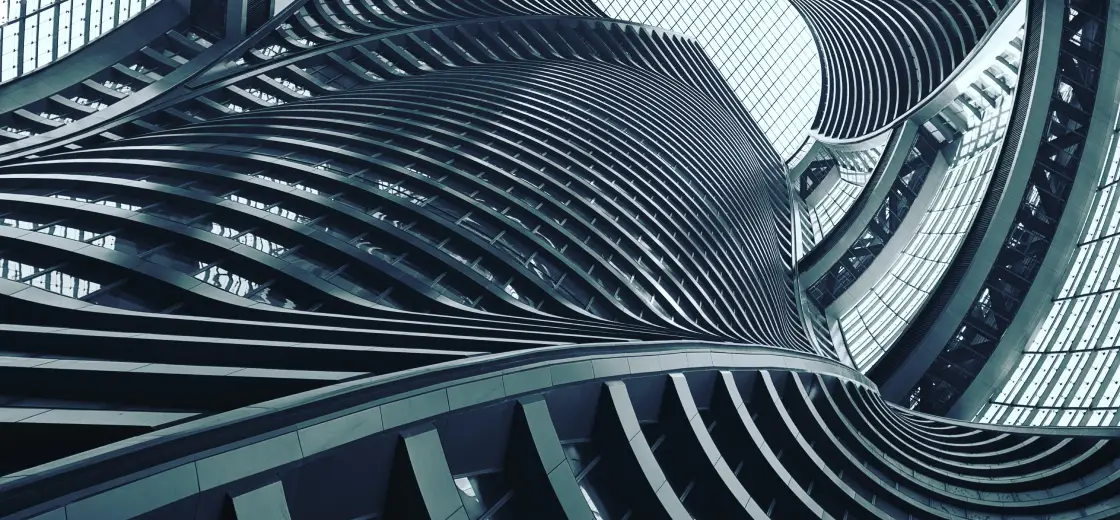Parametric design & parametricism
What is it and why should I care?

Today, parametric features-based CAD tools are widely used to automate most engineering processes for product development. New daring details in the design, architectural prototyping are now categorized as “parametric design,” the future of architecture. BeeGraphy is one of the platforms offering innovative parametric design solutions for CAD architects and designers.
Parametric design is a design method where features (such as building elements and engineering components) are shaped according to algorithmic processes, in contrast to being designed directly. In this method, parameters and rules determine the relationship between design intent and design response. [from Wikipedia] Quote Example
Parametric Design refers to a process that sets up the shape and geometry of a design through parametric modeling. To make it work, you set the geometrical parameters into a design tool that later uses computer processing to build relations between those parameters. The designer then uses multiple design variables to explore all the design possibilities.
Parametricism, as the core of parametric design, breaks the sharp corners and concepts of traditional designs. Today we see free-form architectural concepts with curves, irregular shapes, and sweeping lines. We still call it futuristic, not realizing that we already live in that future. Whether used in architecture or any other industry, parametric design draws inspiration from nature and its shapes. Because parametric modeling uses algorithms and provides the connection of elements, it is much easier to create and produce complicated designs.
Initially, the word “parametric” appeared in mathematics to describe the usage of parameters that can influence the result. Although the term is now mainly used for computational design systems, there is a debate about when designers started to use it. A name, mostly associated with parametric design, is the name of great Spanish architect Antoni Gaudi (1852-1926), who used analog shapes.
Parametricism, as the core of parametric design, breaks the sharp corners and concepts of traditional designs. Today we see free-form architectural concepts with curves, irregular shapes, and sweeping lines. We still call it futuristic, not realizing that we already live in that future. Whether used in architecture or any other industry, parametric design draws inspiration from nature and its shapes. Because parametric modeling uses algorithms and provides the connection of elements, it is much easier to create and produce complicated designs.
How Parameterization Helps Designers in Their Job?
Parameterization and parametricism allow designers to create models that are flexible and can be changed regularly. All the models made with the help of digital tools like 3D modeling have certain features. They are described by measures such as length, width, depth, orientation, and geometry. The design is based on the relationship between features, parts, and drawings, and it is powered by imagination.
The BeeGraphy platform allows 3D artists and CAD engineers to develop a variety of parametric design models using our platform cloud resources and online parametric modeling tools. You can find more details on 3D parametric modeling tools on BeeGraphy Editor documentation.